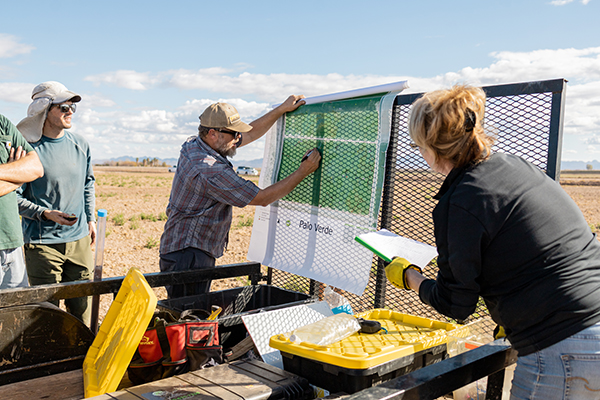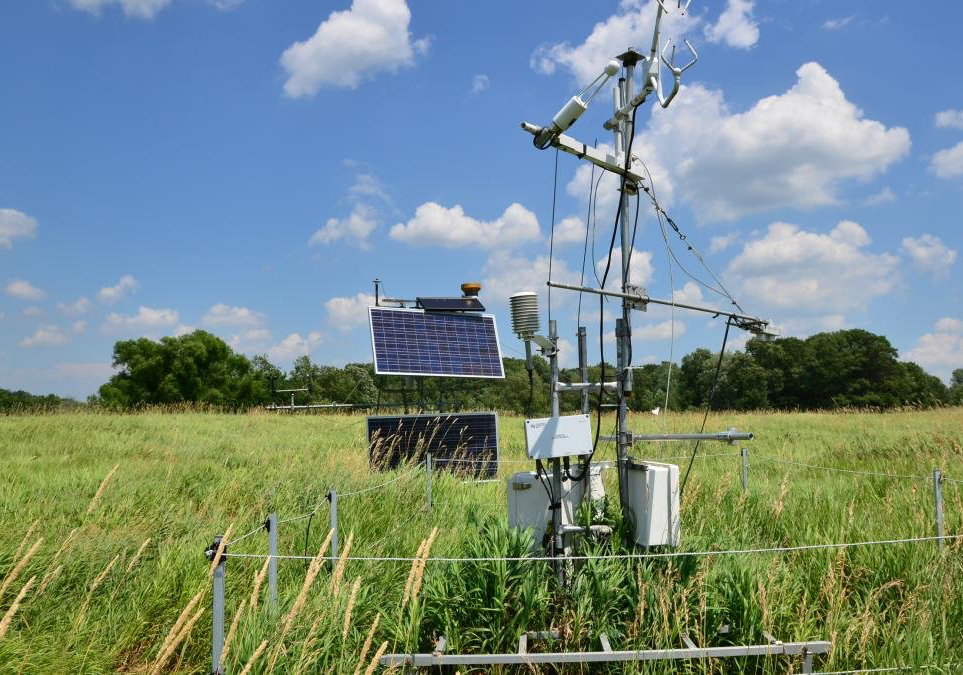
Does Regenerative Agriculture Really Draw Down Carbon from the Atmosphere?
by CRARS staff member Sheryl Karas. M.A.
Does regenerative agriculture actually result in carbon drawdown from the atmosphere and permanent accrual in the soil? After all, it is well-known that plants and organic matter in the soil respire CO₂. If a farm is respiring as much CO₂ as it takes in, could all this talk about using a different form of agriculture to combat climate change be nothing more than a pipe dream? Does a regenerative farm really release less CO₂ than a conventional one?
We’re about to find out.
 Led by a team from Chico State University and the Center for Regenerative Agriculture and Resilient Systems(opens in new window), 11 researchers in more than one discipline from five locations in two continents are banding together with the use of game-changing flux tower technology to compare carbon cycling between conventional and regenerative systems. This project will also monitor the same farm plots using more conventional forms of testing such as lab analysis of soil samples. We know from numerous studies using lab analysis that regenerative soils contain considerably more carbon; however, those measurements are only capable of measuring soil carbon at a single point of time. They don’t tell us how much CO₂ the plants and soils respirate over the course of a year.
Led by a team from Chico State University and the Center for Regenerative Agriculture and Resilient Systems(opens in new window), 11 researchers in more than one discipline from five locations in two continents are banding together with the use of game-changing flux tower technology to compare carbon cycling between conventional and regenerative systems. This project will also monitor the same farm plots using more conventional forms of testing such as lab analysis of soil samples. We know from numerous studies using lab analysis that regenerative soils contain considerably more carbon; however, those measurements are only capable of measuring soil carbon at a single point of time. They don’t tell us how much CO₂ the plants and soils respirate over the course of a year.
That’s where the flux towers come in. Also known as eddy covariance (EC) towers, this technology measures the flow of CO₂, water, and other gasses to and from the soil and atmosphere continuously, providing direct, real-time measurements of changes in carbon cycling (“flux”) as it happens. By coordinating the use of multiple EC towers, the research team will be able to monitor the effects of different agricultural systems on CO₂ respiration and accrual through all four seasons for 3-5 years. In the past using multiple flux towers has been cost-prohibitive. This current project is making use of new lower-cost EC technology so we can replicate the study and collect data in multiple climates and soil conditions at the same time.
This project will compare carbon cycling associated with the standard system (full tillage; herbicide; fertilizers; pesticides and no cover) to a regenerative system (multispecies cover crops; no-till or strip-till/vertical till; and crop rotations) in a robust replicated plot design. The team will quantify the impacts on soil carbon accrual (net carbon flux), soil microbial diversity, water use efficiency, soil health, forage nutrient density, and economic return. Data from the flux towers and new soil probe technology will be correlated with data from satellite soil carbon estimates and conventional laboratory analysis of soil core samples. The intention is to get a comprehensive technical view and verify which technical measurements are most accurate and efficient.
This study is an exciting opportunity to evaluate the actual role regenerative agriculture could play in mitigating greenhouse gas levels with much more certainty while gathering data on water efficiency, farmer profit margins, and overall soil health. If successful, we’ll be able to provide scientists, farmers and policy makers with clear information to use to choose the most effective paths forward to address climate change.

